6
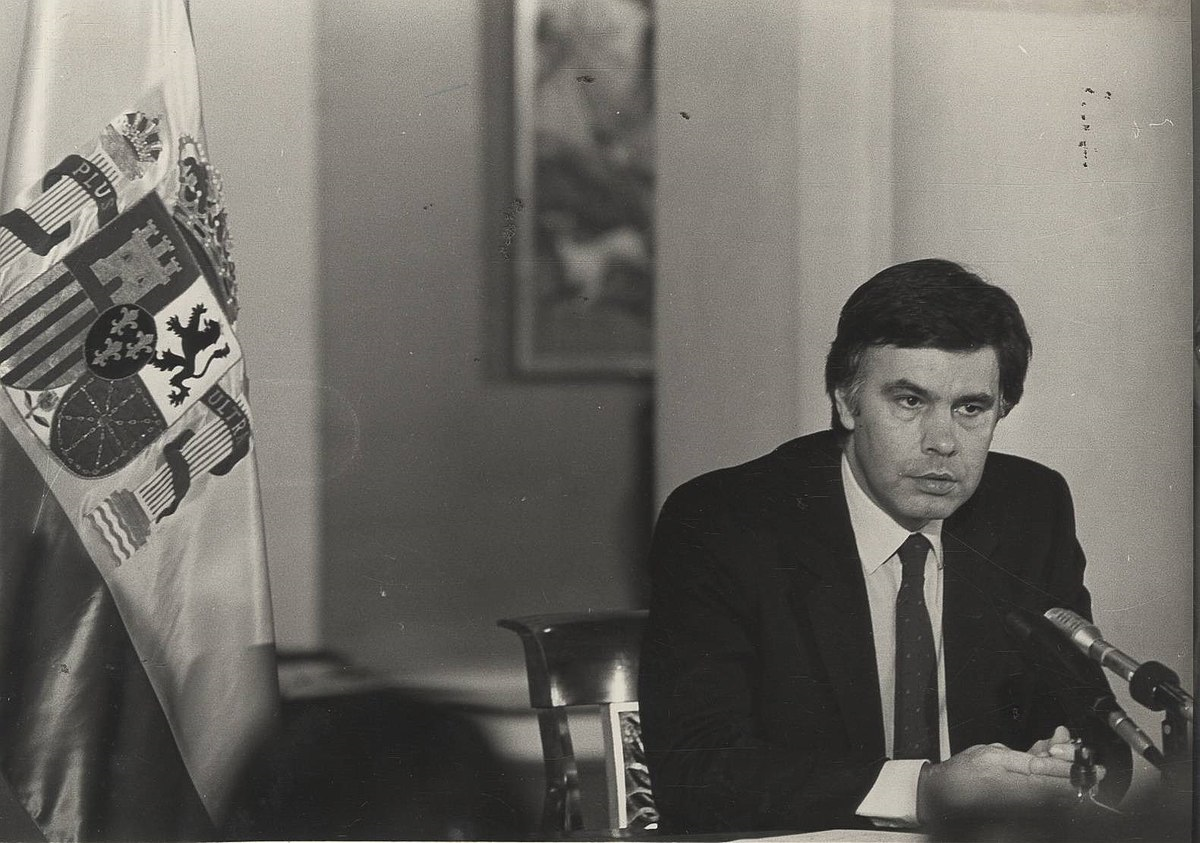
In a landslide victory the PSOE (Partido Socialista Obrero Español) came to power in 1982. Felipe González, a young and charismatic politician, became Prime Minister (presidente). He held this office for the next 14 years.
Once the results of the election were announced, scenes of joy and faces full of expectation could be seen all over Spain. For the first time the ghosts of Francoism seemed to have vanished. A hopeful future lied ahead. The campaign slogan was ‘Por el cambio’ (‘For Change’). Modernising Spain was a priority for this government.
Over the following 14 years the different Socialist mandates strengthened the welfare state. Public expenditure rose. Free health care became universal. More money was used for university grants for students from low-income families. Social benefits and pensions were increased.
On the other hand, the Socialist Party led by Felipe González, also started to give signs of moving from the left to the centre in some areas. The economic recession caused by the international oil crisis was hitting Spain. Inflation and unemployment were rising rapidly. In this climate, and with a view to join the EEC (Economic European Community), the government gradually embarked on a series of policies that were not in line with a Socialistideology. They promoted measures to make the labour market more flexible and lower workers’ salaries. This meant a reduction in permanent contracts and a worsening in labour conditions for employees.
This government had to face the problem of an obsolete industry which could not compete with modern companies abroad. The 1980s was a period of industrial restructuring aiming to modernise this sector and facilitate Spain’s entry in the EEC (Economic European Community), the current EU. As a result, many companies were closed or downsized. Workers were made redundant or forced to take early retirement. Some companies merged or were taken over by a stronger competitor. These measures increased the unemployment rate, which by 1994 was 24%.
The Socialist Party learned from the beginning that ruling a country is about making compromises. When the Socialist Party was in opposition and the then conservative government decided that Spain should join NATO (North Atlantic Treaty Organization), the Western military alliance, they had spoken vehemently against this move. However, once in power, realpolitik hit hard, and they realised that, for Spain to become a full member of the Western European club, they had to let go of some of their principles. In 1986 the Socialist government decided to hold a referendum to decide whether Spain should stay or leave NATO and embarked on a relentless campaign to promote the ‘remain’ vote, which finally prevailed.

The same year, 1986, Spain succeeded in its long-cherished aspiration to join the EEC. This opened the doors for European Structural Funds, which were used for a thorough modernisation of the road network, construction of motorways and building a high-speed railway system. As a member state of the EEC, Spain signed the 1992 Maastricht Treaty, which created the modern EU and established the convergence criteria for the creation of the single currency, the euro. In order to align with the EU’s liberalisation policies, the government started the deregulation and privatization of some state monopolies (mainly in the sector of energy and telecommunications).
6.1 THE YEAR SPAIN BECAME A MODERN EUROPEAN COUNTRY
1992 was a momentous year in Spanish history. Barcelona hosted the Olympic Games. This was an opportunity for the city and, by extension the whole country, to shine internationally. The organizational effort was enormous and the building of new infrastructures, at times highly criticized for their huge cost, changed Barcelona for ever. The event was a complete success.
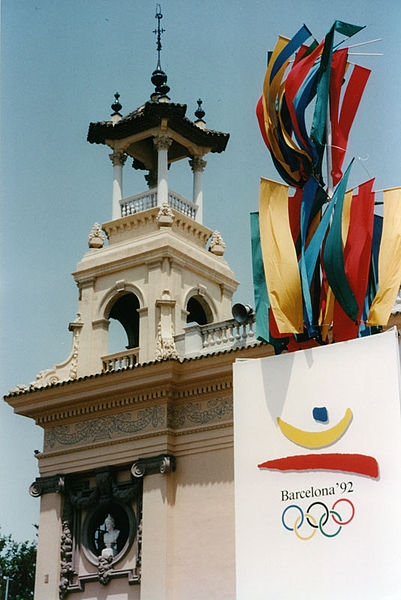
CULTURAL RESOURCES
Listen to the iconic song Barcelona sung by Freddie Mercury and Spanish soprano Monserrat Caballé. This song (fusion of rock and opera) came out in 1987 and became the anthem of the Barcelona Olympic Games in 1992.
In the same year Madrid became the European Capital of Culture and Seville held the Universal Expo. In fact, the first stretch of the AVE (high-speed train) was opened between Madrid and Seville in order to facilitate travelling to the Expo. 1992 was also the quincentenary celebration of Columbus’s landing on the Americas, a huge event in Spain, but widely shunned in Latin American countries, which saw it as a remainder of their colonial past.
6.2 THE NEW MODERN URBAN SPACES
Spain embraced modernity in full and this was reflected in many architectural and cultural projects all over the country. As we have mentioned, Barcelona went through a significant urban development to hold the Olympic Games, but other cities also undertook big architectural projects in the 1990s.
In 1992 Madrid inaugurated a museum of modern art, Queen Sofía Museum (Museo Reina Sofía), which houses not only the well-known Guernica by Pablo Picasso, but also important works by the surrealists Salvador Dalí and Joan Miró, three of the most important painters of the 20th century.
CULTURAL RESOURCES
Seville improved its infrastructures and transport for the 1992 Universal Exhibition. The famous Valencian architect Santiago Calatrava designed and built the Alamillo Bridge (Puente del Alamillo) over the river Guadalquivir. The design of this bridge has become a hallmark of Calatrava’s style, which we can now see in other cities, as it is the case with James Joyce Bridge and Thomas Beckett Bridge in Dublin.
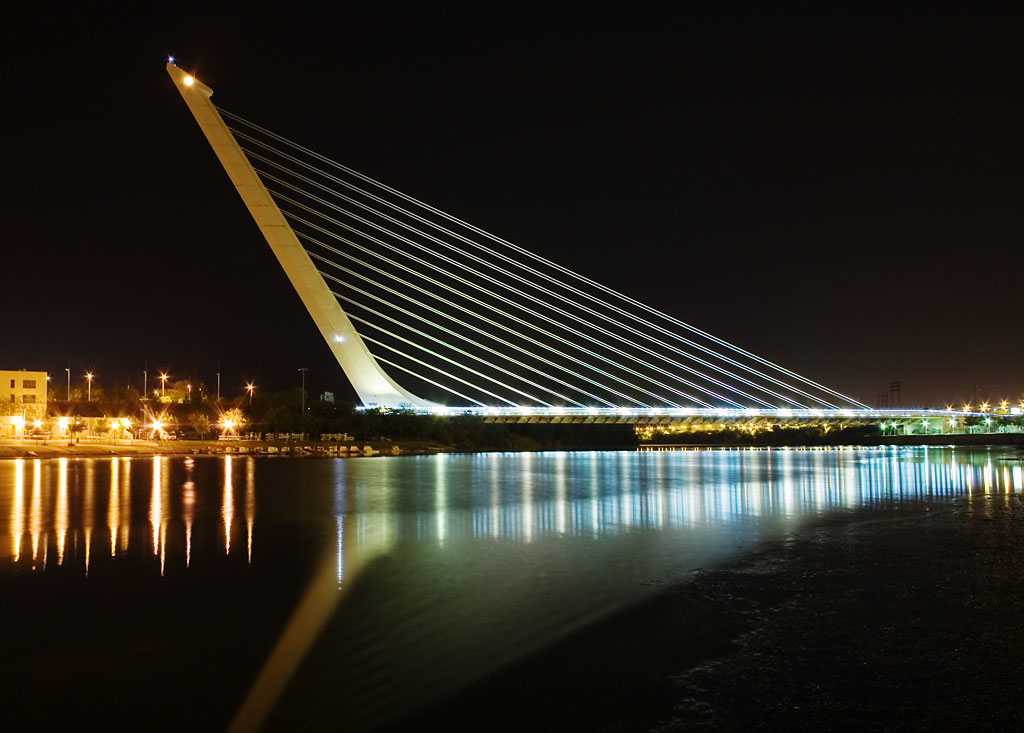
Calatrava also designed the City of Sciences and Arts (Ciudad de las Ciencias y las Artes) in Valencia, an entertainment and cultural centre with a futuristic style, which opened in 1998.
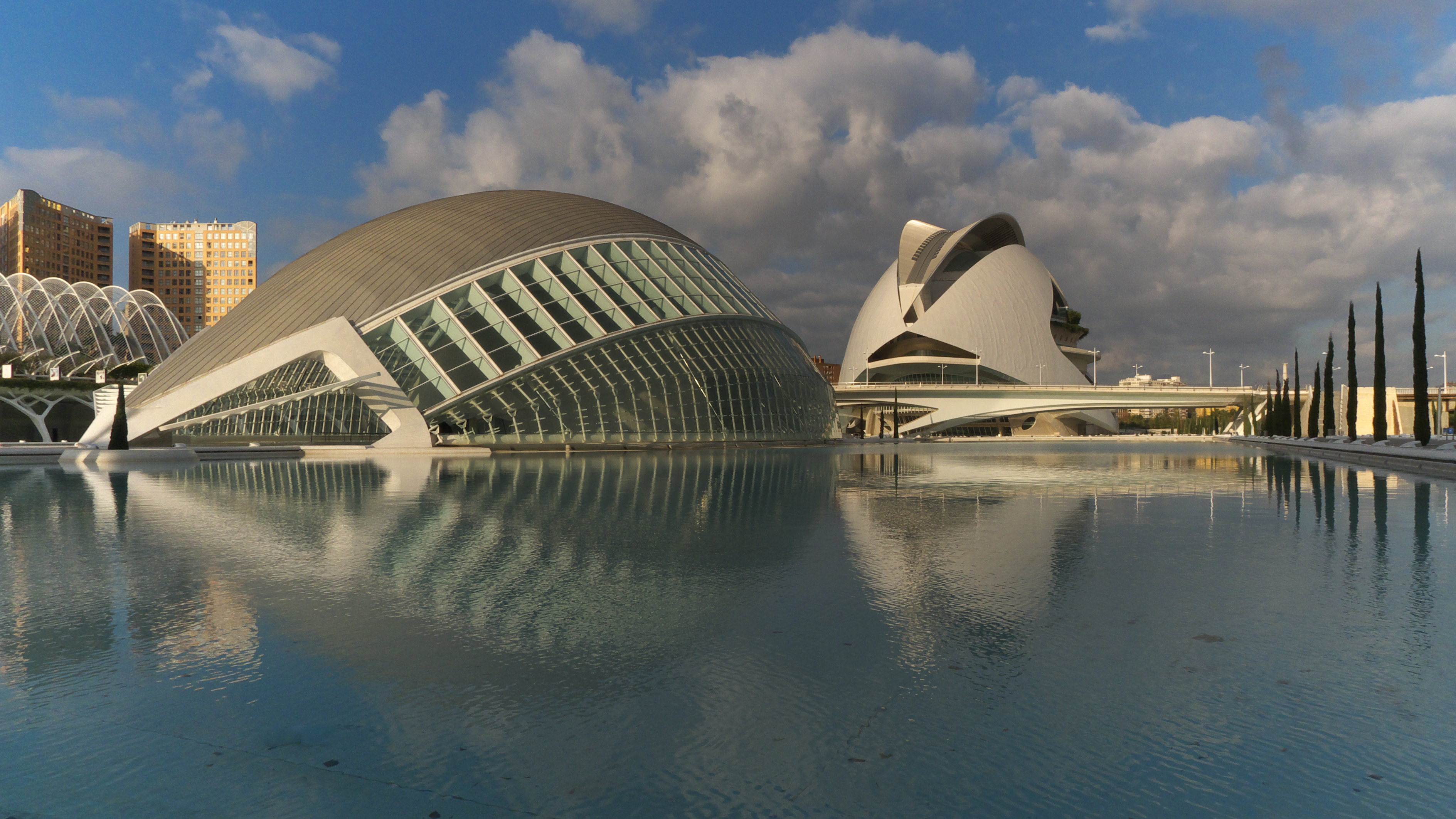
The Guggenheim Museum in Bilbao also opened in 1998 and changed the city for ever. Bilbao moved from being a post-industrial wreckage to a post-industrial success after the local government made a substantial investment in redeveloping the port area and turning it into an urban space for leisure and culture. The pièce de résistance of this new vision was the Guggenheim Museum, a sinuous building cladded in titanium, which has become a magnet for international tourism.
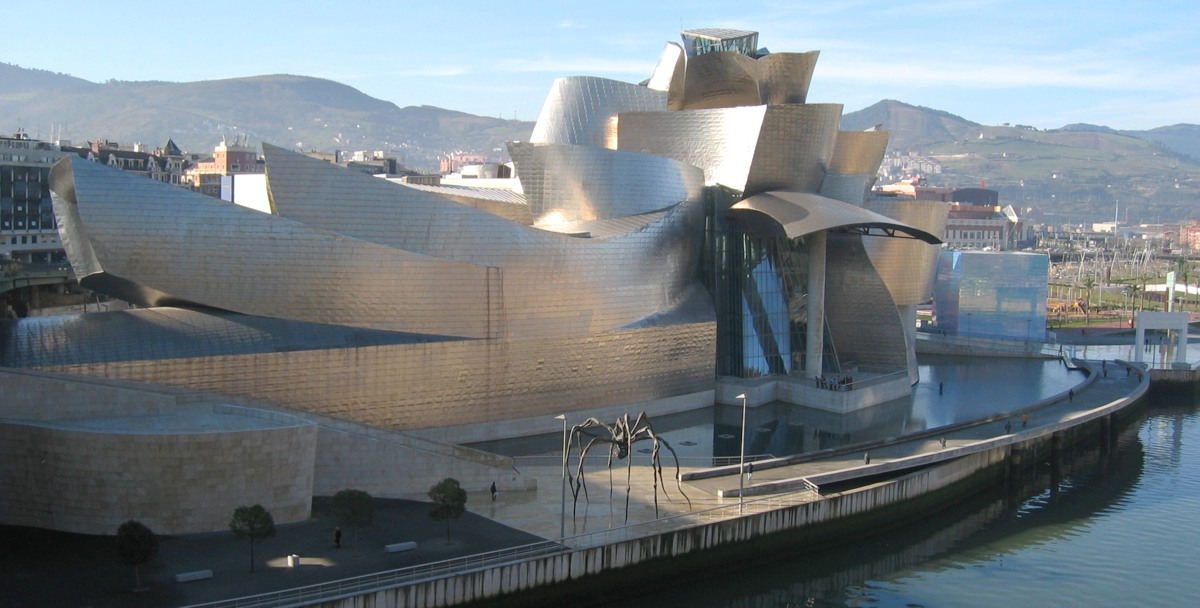
Despite modernization and success, the Socialist government was showing clear signs of the high-handedness that goes with long-term power. At the end of the 80s and beginning of the 90s a series of corruption cases involving the Socialist Party, abuse of public funds and illegal funding of the party, gradually undermined citizens’ trust on the government. But the biggest scandal of all was the ‘dirty war’ against ETA.
6.3 ‘DIRTY WAR’ AGAINST ETA
The Basque armed organization ETA, active since the 60s, had increased its actions after Franco’s death. Until the 80s the organization had considerable support in the Basque Country, the rest of Spain and beyond, gained by their fight against the Francoist establishment. Their goal still was to achieve independence for the Basque Country. Between 1976 and 1983 they had carried out around 345 assassinations. Their intended targets were police and army members, informers, some politicians and businessmen who refused to pay the ‘revolutionary tax’. Along the way ETA also ended up killing unintended victims.
Until the early 1980s ETA members carried out their attacks in Spain and then crossed the border into the French Basque Country where they could live as political refugees. This changed in 1983 when two young ETA militants, Lasa and Zabala, who had not carried out any attack, disappeared in the French Basque Country. Their remains were found two years later buried in quicklime over 700 kilometres away, but they were not identified at the time. It was only in 1995 that their remains were identified, and the forensic analysis concluded that the two men had been brutally tortured for days before being shot. This case opened a full investigation on the so called ‘dirty war’ against ETA. Further attacks in the same areas of the French Basque Country, claimed by an organization called GAL (Grupos Antiterroristas de Liberación), continued until 1987. In total 27 people were killed, 9 of them were totally unrelated to ETA.
Journalistic and judiciary investigations showed that the attackers were linked to the Spanish security forces and the Socialist government. In some cases, reserved public funds had been used to pay right-wing mercenaries to assassinate ETA refugees in France. The idea behind these actions was to put pressure on the French government and police to cooperate with Spain in the fight against ETA. The rationale behind these actions was that by staging terrorist attacks on French soil, the French government would be compelled to act. In this regard, the tactic was successful. France started to cooperate, and ETA members were eventually imprisoned, deported to Spain or forcefully displaced to French territories far from the Basque land. Although the attacks against ETA did not reduce the number of assassinations carried out by the Basque organization (196 during the ‘dirty war’ period, 378 in total during Felipe González’s term in office), the French collaboration bore its fruit in 1992, when the leadership of ETA was captured in the French Basque Country. From then on, the number of assassinations decreased considerably.
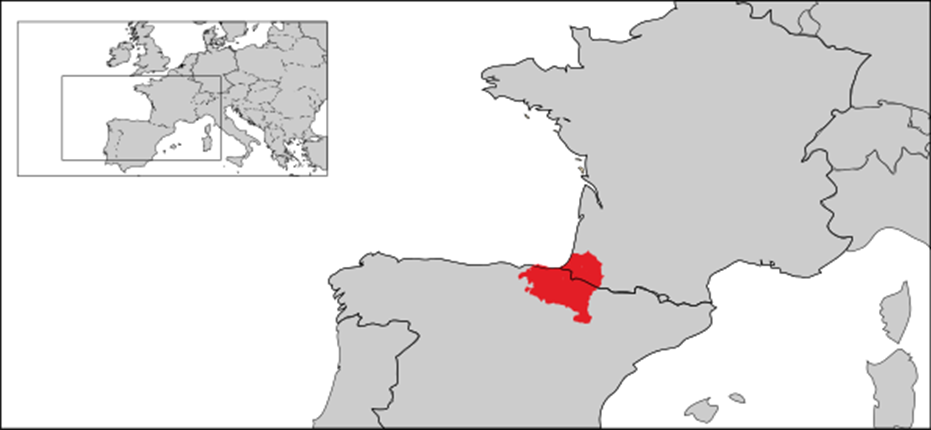
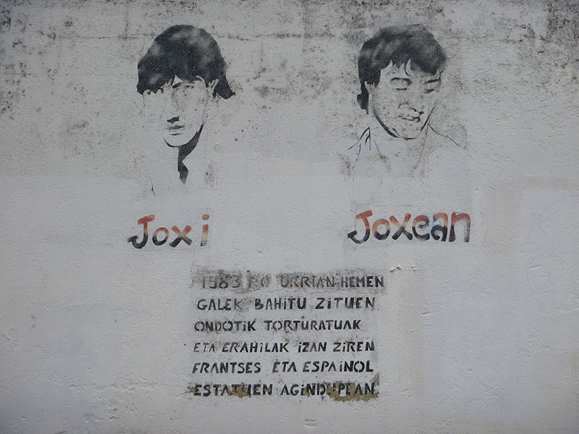
Resorting to state sponsored death squads showed the darkest side of a democratic state at war, which considered that the rule of law did not necessarily apply to them. The investigations led to a series of trials. Policemen and government officials were sentenced to prison. In 1998 the then Interior Minister received a sentence of 10 years in prison. In 2000 a general of the Guardia Civil was sentenced to 75 years. These were powerful people with connections in high places and information that could cause the government even further damage, such as the possibility of revealing who was the ultimate responsible, known at the time as Mister X. This may be the reason why the general only served four and a half years and the ex-Interior Minister, three months. In 2020 the CIA declassified a secret document from 1984 entitled Terrorism Review that states in no uncertain terms that “Gonzalez [sic] has agreed to the formation of a group of mercenaries, controlled by the Army, to combat the terrorists outside the law”. It seems Mister X finally has a name.
At the end of the 1980s, coinciding with the end of the ‘dirty war’, the Socialist government started to implement a policy of dispersion of ETA prisoners (around 500 at the time) in order to weaken the organization. From then on ETA prisoners were not grouped together and they were sent to prisons far away from the Basque Country.
The ‘dirty war’ scandal took its toll on the government’s credibility, together with the corruption cases the Socialist Party had been involved in. In the 1996 general election the centre-right party PP (People’s Party) came to power.
CULTURAL RESOURCES
FILMS
Días contados (1994) (available from the library) Thriller about a Basque ETA member who is preparing a bomb attack in Madrid and falls in love with a prostitute.
Lasa y Zabala (2014) (available from the library) Thriller about a GAL case involving the disappearance, torture and killing of two young ETA members by the Guardia Civil. Certificate: 18
El PSOE (Partido Socialista Obrero Español) ganó las elecciones generales de 1982 por mayoría absoluta. Su líder, un joven carismático llamado Felipe González, se convirtió en el presidente del país. El ambiente general era esperanzador y optimista. El eslogan del partido durante la campaña había sido “Por el cambio” y eso era lo que pedía la mayoría de los españoles.
Durante los 14 años siguientes, los diferentes gobiernos socialistas fortalecieron el estado de bienestar. El gasto público aumentó. La atención sanitaria se hizo gratuita para todos. Se aumentó el dinero para becas universitarias, pensiones y subsidios.
Por otra parte, el PSOE renunció a algunos aspectos de su ideología de izquierdas. La inflación y el paro estaban a un nivel muy alto. Para intentar resolver el problema se empezaron a privatizar algunas empresas públicas, sobre todo en el sector de la energía y las telecomunicaciones. También se tomaron medidas para flexibilizar el mercado laboral.
La industria española estaba obsoleta y no podía competir. El nuevo gobierno decidió hacer una reconversión industrial para facilitar el ingreso de España en la CEE (Comunidad Económica Europea). Algunas empresas cerraron o despidieron obreros. Otras se fusionaron o fueron adquiridas por otras empresas más fuertes. Sin embargo, esto aumentó el problema del paro. En 1994 el índice de desempleo era del 24%.
El PSOE se había opuesto a la entrada de España en la alianza militar OTAN. Cuando llegaron al poder se dieron cuenta que era necesario estar asociado a los países de Europa Occidental si España quería ser parte de Europa y entrar en la CEE. Se hizo un referéndum en 1986 en el que el PSOE hizo una fuerte campaña a favor de que España permaneciera en la OTAN y ganó.
El mismo año España ingresó en la CEE. Los Fondos Estructurales europeos se dedicaron a mejorar y extender la red de carreteras y autopistas, así como a empezar a construir una red ferroviaria de alta velocidad. En 1992 España, como otros países de la CEE, firmó el Tratado de Maastricht, que dio origen a la UE (Unión Europea) y a la creación de los criterios de convergencia para adoptar la moneda única, el euro.
1992 fue un año histórico para España. Barcelona acogió los Juegos Olímpicos. La construcción de nuevas infraestructuras, aunque costosa, convirtió a Barcelona en la ciudad turística que es hoy. El mismo año Madrid fue la capital europea de la cultura y Sevilla acogió la Exposición Universal. El primer trayecto del AVE (Tren de alta velocidad) se hizo para enlazar a estas dos ciudades. Además, España celebró con gran entusiasmo el quinto centenario de la llegada de Colón a tierras americanas, aunque los países latinoamericanos fueron más críticos con esta celebración.
LA “GUERRA SUCIA” Y LA LUCHA CONTRA ETA
La organización armada vasca ETA siguió activa después de la muerte de Franco puesto que su objetivo final era la independencia del País Vasco. Sus objetivos eran miembros del ejército, policía, confidentes, algunos políticos y también empresarios que se habían negado a pagar el “impuesto revolucionario”. Entre 1976 y 1983 ETA asesinó a unas 345 personas.
Hasta principios de los 80 los miembros de ETA llevaban a cabo sus acciones en España y después huían al País Vasco en Francia. En 1983 dos jóvenes etarras desaparecieron en territorio francés. A partir de entonces, otros refugiados vascos en Francia fueron asesinados. Los ataques fueron realizados por la organización GAL (Grupos Antiterroristas de Liberación) y continuaron hasta 1987. En total 27 personas murieron, 9 de ellas sin ninguna relación con ETA. Las investigaciones desvelaron que los GAL eran mercenarios conectados con altos cargos de la Guardia Civil, la Policía Nacional y el gobierno. El objetivo de esta “guerra sucia” era conseguir que el gobierno y la policía franceses colaborasen en la lucha contra ETA. La llegada de acciones terroristas en suelo francés conseguiría convencer al gobierno francés de que tenía que tomar medidas contra los refugiados vascos en su territorio. Francia empezó a cooperar y, aunque en los siguientes años siguió habiendo asesinatos por parte de ETA, en 1992 la cúpula de la organización fue detenida en territorio francés.
Las investigaciones sobre los GAL y sus conexiones con el estado llevaron a varios juicios. En 1998 el ministro de Interior recibió una sentencia de 10 años de cárcel (cumplió 3 meses). En 2000 un general de la Guardia Civil fue sentenciado a 75 años de prisión (cumplió 4 años y medio). La identidad de la persona responsable al nivel más alto, el señor X, no salió a la luz hasta que en 2020 la CIA desclasificó un documento secreto de 1984 en el que se puede leer que Felipe González aceptó formar esta organización de mercenarios bajo las órdenes del ejército.
Al final de la “guerra sucia” el gobierno de Felipe González cambió la política penitenciaria de los presos de ETA (unos 500) para debilitar a la organización. Se empezó a aplicar la dispersión: separar a unos presos de otros y llevarlos a prisiones alejadas del País Vasco.
El escándalo de la “guerra sucia” y los casos de corrupción acabaron desgastando al gobierno de Felipe González. En las elecciones generales de 1996 el partido de centroderecha PP (Partido Popular) llegó al poder.
CULTURAL RESOURCES
The 80s and 90s saw a boom in pop and rock bands and singers in Spain. This is just a small sample.
Amante bandido by Miguel Bosé
Me colé en una fiesta by Mecano
Bailando by Alaska y los Pegamoides
Ven a la escuela de calor by Radio Futura
Héroe de leyenda by Héroes del Silencio
La culpa fue del cha-cha-cha by Gabinete Galigari
La ciudad en movimiento by Aviador Dro
En algún lugar by Duncan Dhu
Ya no danzo al son de los tambores by El Último de la Fila
La mala reputación by Loquillo y los Trogloditas
Pongamos que hablo de Madrid by Antonio Flores
Bienvenidos by Miguel Ríos
Los rockeros van al infierno by Barón Rojo
España bebe, España se droga by Siniestro Total
Fai un sol de carallo by Os Resentidos (in Galician)
Sarri Sarri by Kortatu (in Basque) (Inspired by the escape from prison of ETA member Sarrionaindia in 1985. He escaped by hiding inside a loudspeaker belonging to a band that had just given a concert for the inmates)
Pakean utzi arte by Hertzainak (in Basque)
Més que la meva sang by Lax’n’Busto (in Catalan)
Como Camarón by Estopa
CULTURAL RESOURCES
Cocaine Coast (Fariña, 2018) (Netflix) Series about drug trafficking in Galicia in the 1980s
Media Attributions
- PM Gonzalez
- NATO
- Barcelona 92
- Puente del Alamillo
- Ciudad de las Artes
- Guggenheim Bilbao
- Euskal Herria
- Mural Joxi eta Joxean
